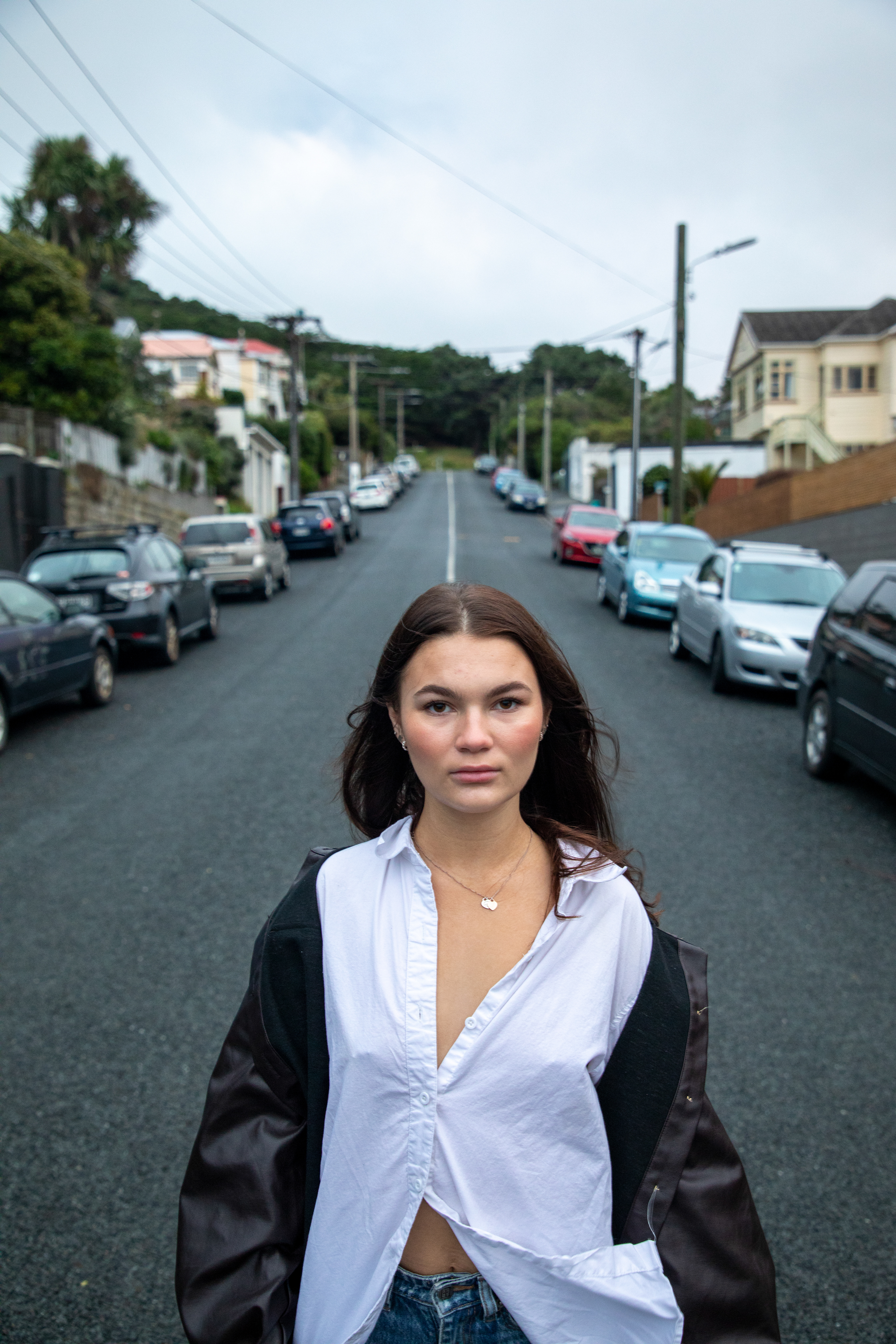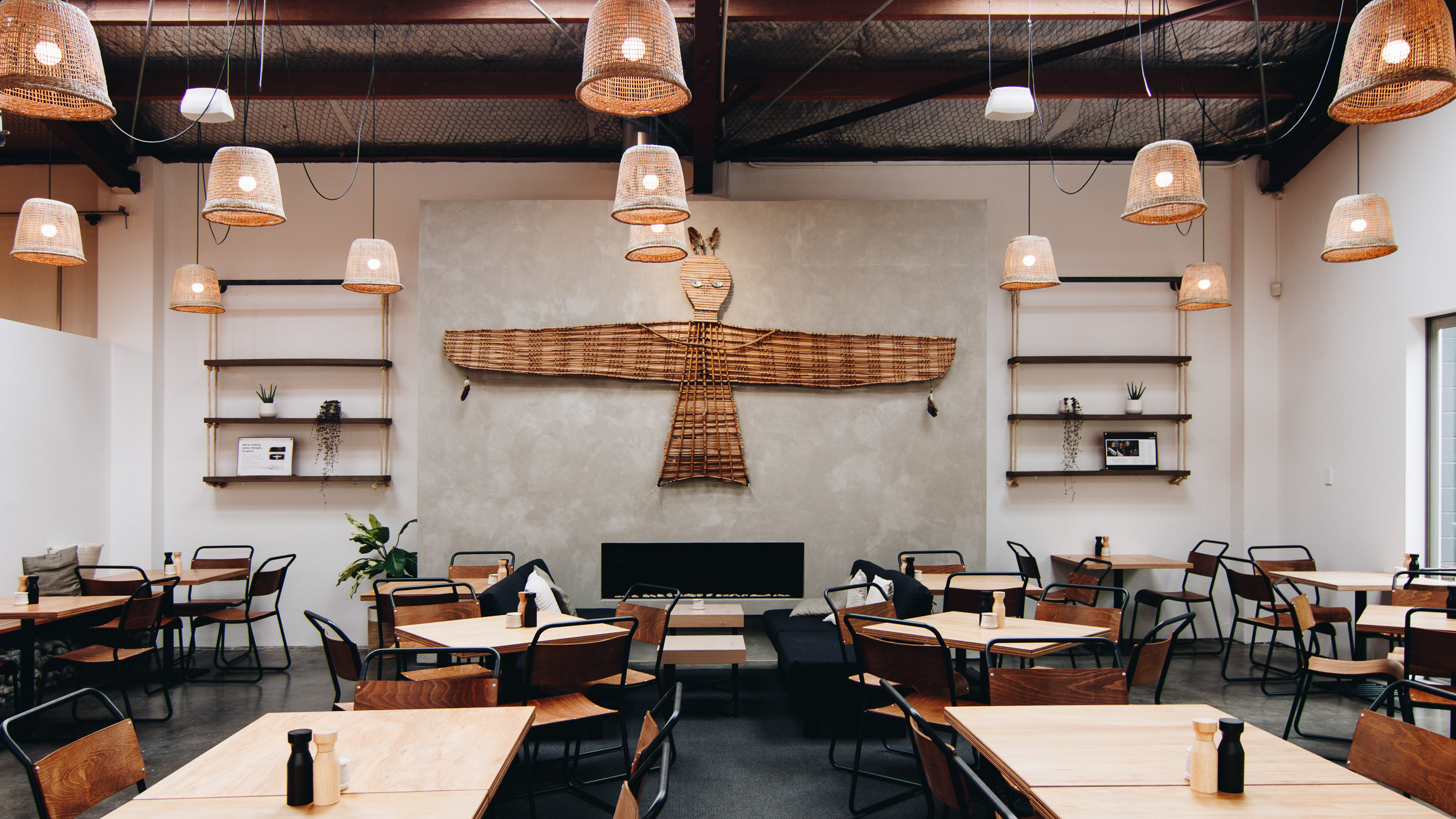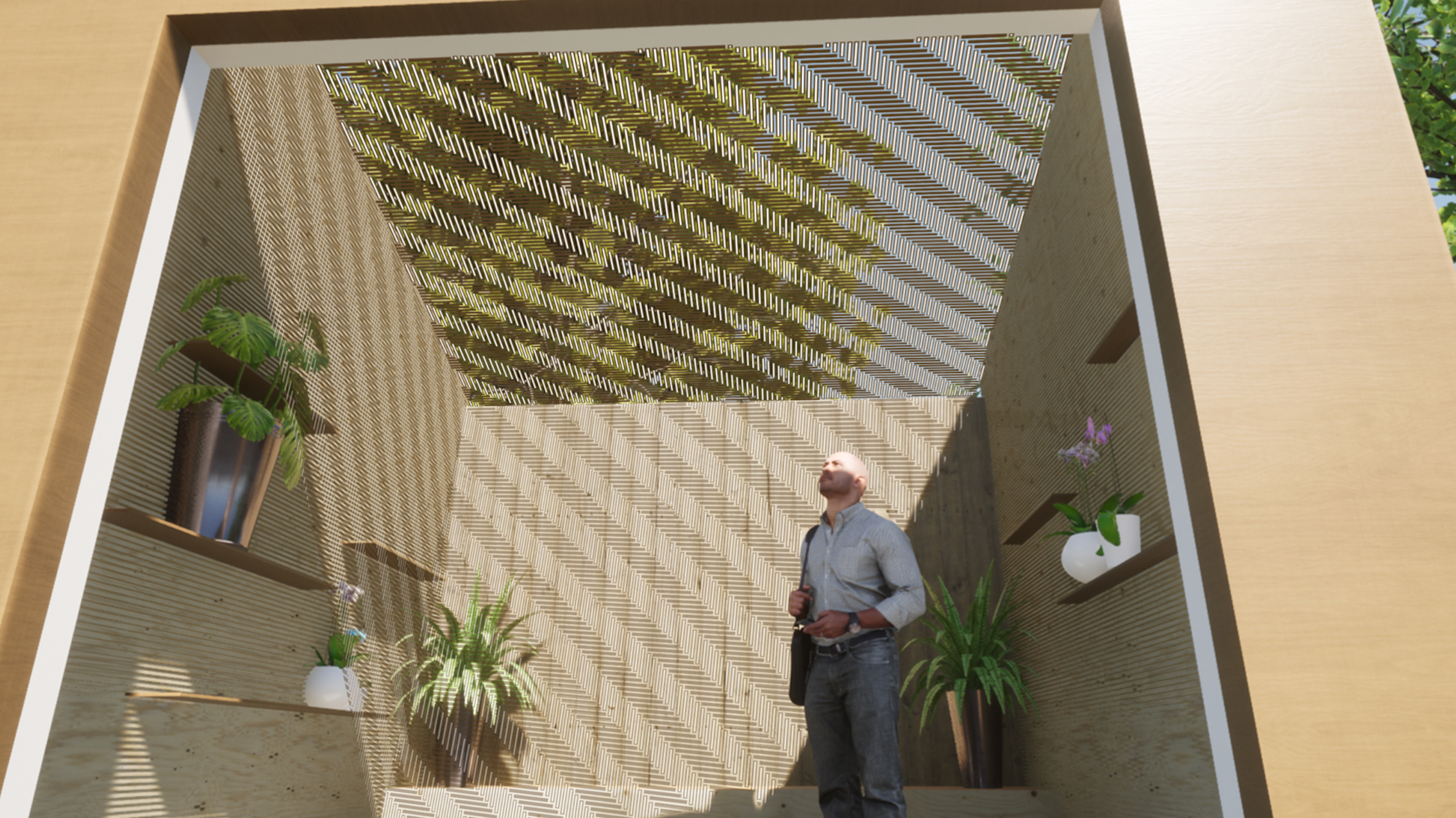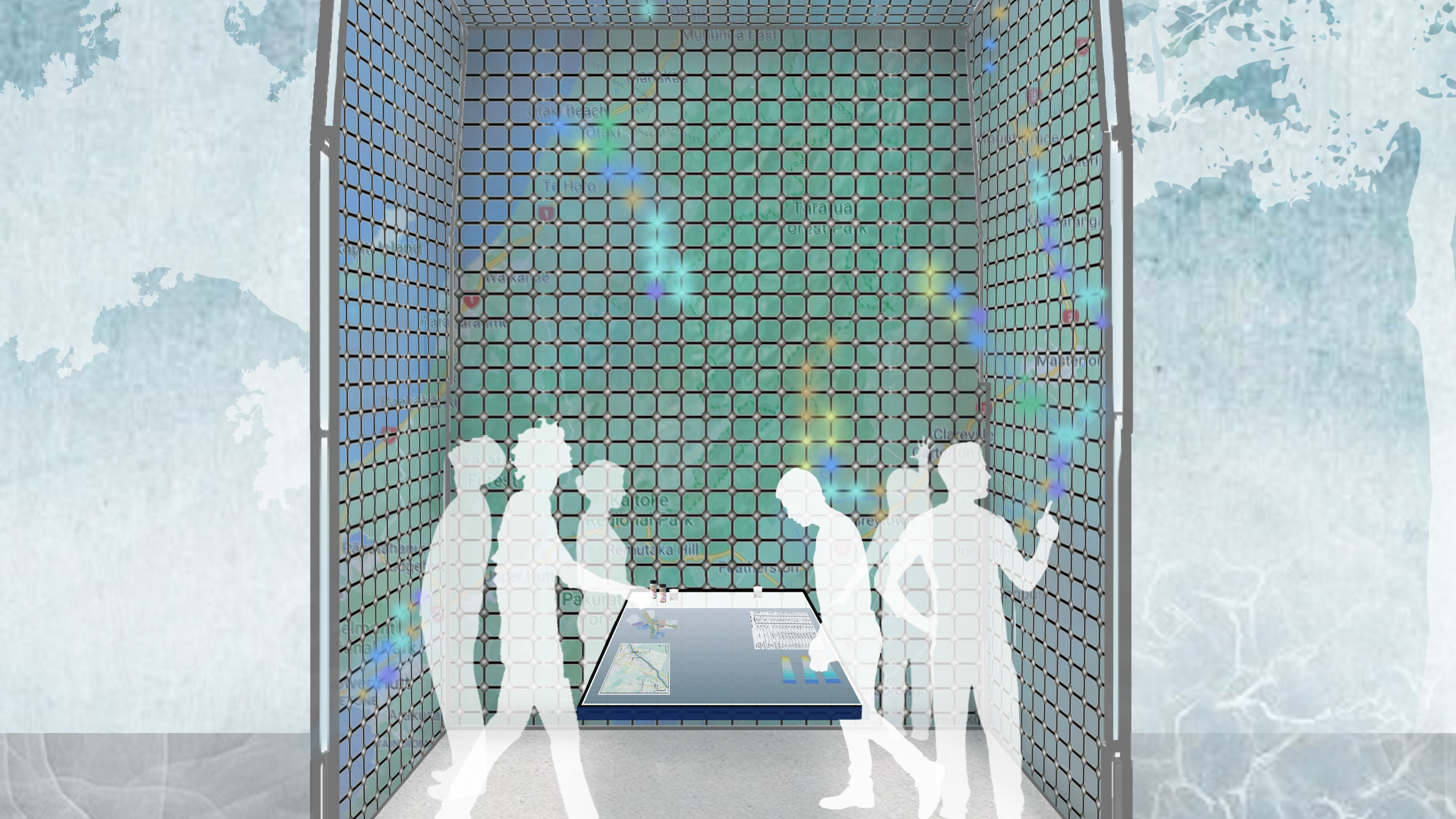


Within the study of vision and visuality. Simply put visuality unpacks the mechanics of representation, allowing us to be cognisant of the subjective aspects at work in mechanisms of viewership – of the psychological and social aspects of vision, of how vision is controlled, gendered, and politicised.
Here I used perspectival grids as a vision for modern and historical art have played a significant role in how we capture and frame art to mimic the human eye. Starting in the 1400s during the Renaissance, when perspective was first employed, to the twenty-first century, when there are 1,2,3, points, aerial perspectives, and the rule of thirds within having a look at illusions that we can now make with an image to further in-depth a picture. The evolution of photography has altered dramatically since we may now bend these norms and views for visuality while still creating a distorted yet well-organized piece of art.









